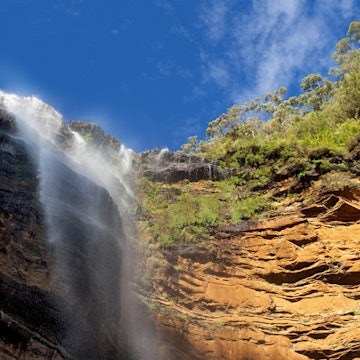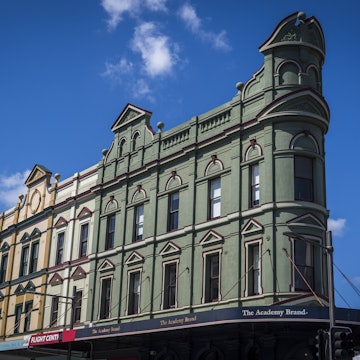

Getty Images/Moment Open
Overview
Australia's most populous state is home to its largest city: glitzy, vibrant, intoxicating Sydney, an unforgettable metropolis in a privileged natural setting. Bondi Beach and the harbour are justly famous, but in reality the whole NSW coast is simply magnificent: a mesmerising sequence of beach after quality beach backed by a series of excellent national parks and interesting coastal towns.
Plan your trip with Guide, an AI travel planner!
Create a personalized trip itinerary in seconds using artificial intelligence.
Must-see attractions
Get a book. Get inspired. Get exploring.
in partnership with getyourguide




















